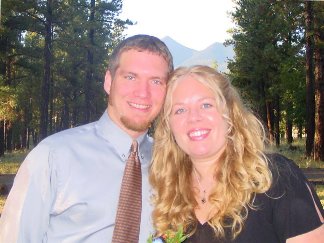A Community Visit
Recently, we have spent a good deal of time in the field trying to wrap things up before a planned trip to North America for a CRWRC Orientation from April 23 to May 4. One of our favorite field experiences was from our time with the community group of Anika. We featured Anika in the December newsletter and we are following-up on the Anika story in our next letter which should be on its way to you even as you read this post. Anika is a community group with a strong savings and loan program.
We have over 100 community groups that we work with through our partnership with the Church of Uganda in Nebbi diocese and Madi/West Nile diocese (see illustration). The community groups are involved in a variety of programs that they select based on their unique and felt needs and priorities. These programs mostly fall under the following sectors: Agriculture (cassava, maize, fruit trees, vegetable gardens, and tree nurseries), Income Generation (savings and loan schemes, small business development), Animal Husbandry (goat, bee, and poultry raising and multiplication), Health (securing clean water, anti-malaria campaigns, HIV/AIDS care and prevention, nutrition increase), and Functional Adult Literacy (literacy in vernacular, literacy in English, functional math). Older community groups have integrated programs that might include a combination of Health, Literacy, and Savings and Loan programs, for example. These community groups are the vehicles through which we reach to the grass-roots and impact individual lives and increase the quality of life of families.
We spent two days in the community of Leiko, which is where most Anika members live. It was a good experience that helped us to connect with community members at a more intimate level than we can through normal monitoring visit. Part of being there was to build relationships. Part of being there was also to learn from the group and its successes. Finally, part of being there was to encourage the members to continue their quality work and build on their successes thus far.
How did we learn from the group? We did a very abbreviated version of a barrier analysis technique that is being promoted by USAID and Food for the Hungry. We treated the community group as a focus group and asked the members a number of questions, such as, “what are the advantages (and disadvantages) of being a part of a group?” and, “who approves (and disapproves) of your being part of a group?”
How did we encourage the members of Anika to build off of their successes thus far? We helped the group analyze their own strengths using an abbreviated version of the appreciative inquiry organization development techniques. We did this in conjunction with some visioning exercises where the members drew on flip charts where they wanted to be in the future. Socratic-style questioning ensued after the completion of their visioning to help the members see that the roots to their future success lay in refining their current strengths and building on their past successes.
How did we build relationships? Living in the community and participating in daily activities seemed to open the doors to the member’s hearts. We established that we were not in Uganda to do some CRWRC program, but rather to walk along side, learn from, and affirm the people of Leiko. In the end, we were impacted by the experience. And perhaps God was able to use us to make an impact, however small, on the community group of Anika and the people of Leiko. We believe that these are the kinds of encounters that, under God’s providential guidance, will help humanity to build toward the brighter future story that was prophesied by Isaiah in Isaiah 65 and beautifully poetically portrayed in Revelations 22 and 23.


0 Comments:
Post a Comment
<< Home